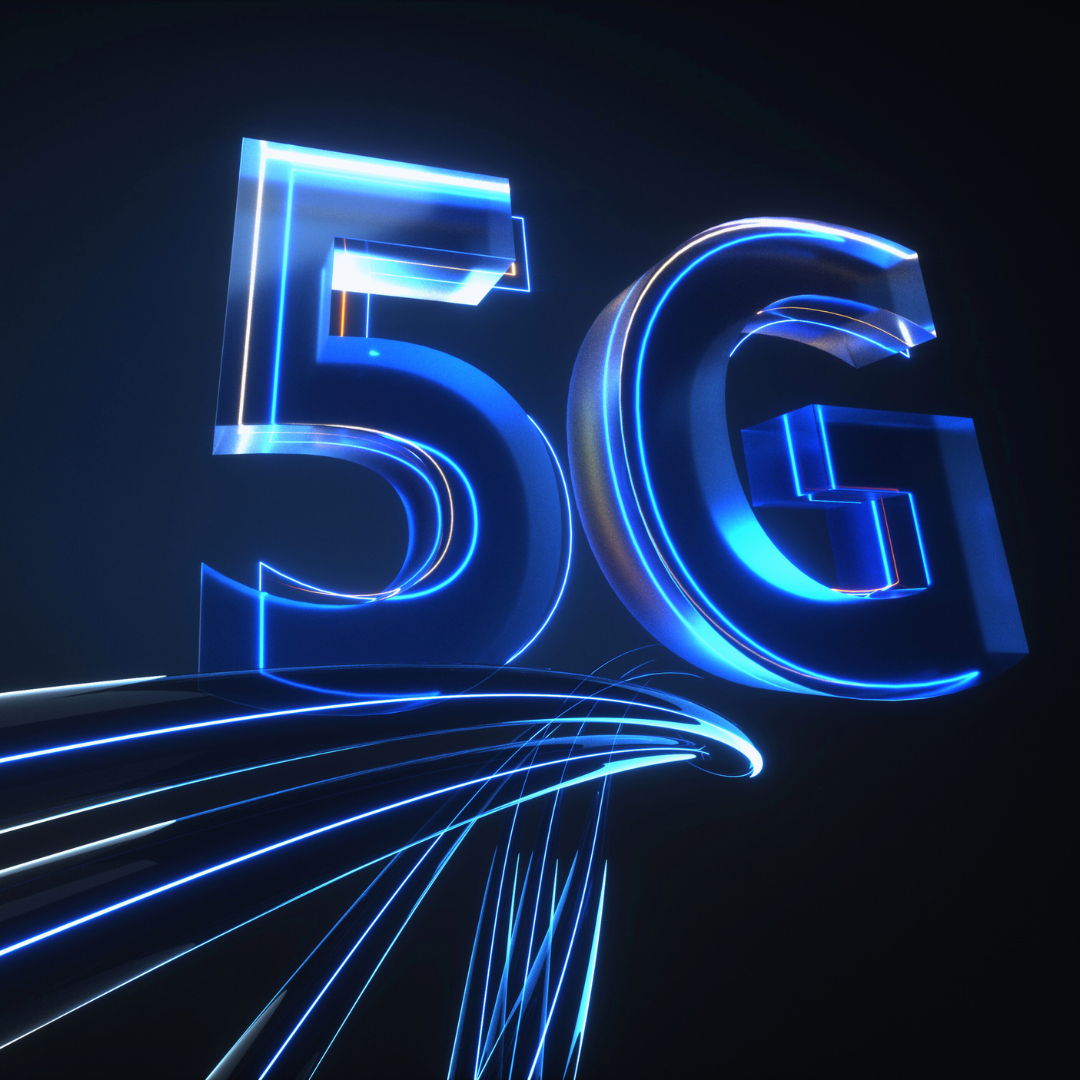
The Evolution of 5G and What It Means for Consumers: A Clear Insight into Its Impact
The launch of 5G technology represents a significant leap forward in mobile connectivity. Its evolution promises faster speeds, lower latency, and the ability to connect more devices simultaneously, ultimately enhancing the consumer experience. As this technology continues to advance, it becomes crucial for consumers to understand how these changes will directly impact their daily lives.
From improved streaming services to more responsive smart home devices, the benefits of 5G are poised to reshape various aspects of modern living. This evolution is not just about speed; it entails a shift towards more integrated technology that allows for seamless connectivity and innovative applications.
As consumers begin to embrace the potential of 5G, they will find themselves in a more connected world where convenience and efficiency become paramount. The implications of 5G extend beyond just telecommunications, affecting industries like healthcare, entertainment, and transportation in ways that were previously unimaginable.
Understanding 5G Technology
5G technology marks a significant advancement in mobile network performance. It introduces key innovations, differences from 4G, and new infrastructure requirements that enhance connectivity for consumers.
Key Innovations Behind 5G
One of the primary innovations in 5G is the use of millimeter wave (mmWave) frequencies, which can transmit large amounts of data quickly. This technology provides higher bandwidth and lower latency, making real-time applications like online gaming and virtual reality more effective.
Another innovation is Massive MIMO (Multiple Input Multiple Output). This technology employs numerous antennas to serve multiple devices simultaneously, increasing efficiency in crowded areas. With these advancements, 5G can support a tremendous increase in connected devices, paving the way for smart cities and Internet of Things (IoT) applications.
Difference Between 4G and 5G
The main differences between 4G and 5G lie in speed, latency, and capacity. 5G can achieve download speeds exceeding 10 Gbps, a considerable improvement compared to 4G’s peak of 1 Gbps. This increased speed allows for the download of high-definition content in seconds.
Latency, or the delay before data transfer starts, drops significantly from around 30-50 milliseconds in 4G to as low as 1 millisecond in 5G. This quick response time is crucial for applications like autonomous vehicles, where instant communication is necessary.
Additionally, 5G networks can accommodate many more devices simultaneously, enhancing the experience in densely populated areas.
Infrastructure Required for 5G
Transitioning to 5G requires substantial infrastructure upgrades. While 4G primarily uses macro towers, 5G often relies on small cells strategically placed throughout urban areas. These small cells are essential for handling high data loads and maintaining connectivity over short distances.
Fiber optic cables are also vital for connecting these small cells to the core network. The increased density of infrastructure will lead to improved performance but requires significant investment in installation and maintenance.
Governments and companies are moving towards building this infrastructure to enable widespread adoption of 5G technology.
The Evolution of 5G Networks
The evolution of 5G networks represents a significant leap in mobile connectivity, transforming consumer experiences and technological capabilities. Understanding the critical developments, global adoption trends, and future advancements provides insight into how this technology impacts daily life.
Development Timeline and Milestones
5G technology development began in the early 2010s, gaining momentum as industry stakeholders recognized the demand for faster, more reliable communication.
- 2016: The ITU-R established IMT-2020 as the framework for 5G technologies.
- 2018: 3GPP published the first 5G specifications, signaling readiness for initial deployments.
- 2020: Commercial 5G networks launched globally, with major telecom operators in countries like the U.S., South Korea, and China leading the charge.
These milestones have set the stage for further innovations and widespread adoption.
Global Adoption and Rollout
Global 5G rollout has seen diverse rates of adoption across regions.
- North America: Rapid expansion with major carriers deploying 5G in urban centers.
- Europe: Gradual rollout influenced by regulatory environments and infrastructure challenges.
- Asia-Pacific: Countries like South Korea and China are at the forefront, with substantial investments in technology and infrastructure.
As of mid-2025, more than 1 billion 5G devices are expected to be in use, indicating the increasing reliance on this technology across various sectors.
Future Trends in 5G Advancements
Looking ahead, advancements in 5G technology will likely focus on enhancing connectivity and speed. Several trends are anticipated:
- 6G Research: Early research efforts are already underway, aiming for deployment by 2030.
- Increased Device Connectivity: The growth of IoT devices will drive demand for more robust network capabilities.
- Network Slicing: This allows the creation of virtual networks tailored to specific application needs.
These trends suggest a future where 5G continues to evolve and integrate into various aspects of daily life, supporting more sophisticated technologies and services.
Impact of 5G on Consumers
The rollout of 5G technology is significantly reshaping the mobile landscape. Its enhanced capabilities bring about a better user experience, affect how devices connect to the internet, and may alter data plans and pricing structures in the telecom market.
Enhanced Mobile Experience
5G promises to elevate the mobile experience with faster download speeds and lower latency. Users can expect download rates reaching up to 10 Gbps, which is up to 100 times faster than 4G.
This means that activities such as streaming videos, playing online games, and transferring large files will be seamless. Users can stream high-definition content without buffering, making it an ideal choice for entertainment.
Key benefits include:
- Improved streaming quality: Higher resolution videos with less lag.
- Instantaneous downloads: No more waiting for large files to transfer.
- Enhanced gaming experiences: Reduced latency allows for more responsive gameplay.
Implications for Connected Devices
5G supports a massive number of connected devices, enabling smart homes and IoT applications. This will enhance the interconnectivity among devices, allowing for better automation and efficiency.
For example, smart appliances can communicate with each other, leading to energy savings and convenience. Consumers will find it easier to manage their devices through apps and voice control.
The growth of connected devices leads to:
- Smart cities: Improved infrastructure and services through better connectivity.
- Health monitoring: Wearable devices that transmit data in real-time.
- Remote work solutions: Enhanced video conferencing and collaboration tools.
Potential Changes in Data Plans and Pricing
As 5G networks become more prevalent, pricing models for data plans may change. Consumers might see the introduction of new plans tailored for 5G usage, with potentially unlimited data options.
Telecom providers could create tiered pricing structures based on speed and data limits. This may lead to increased competition among carriers, which could benefit consumers through lower prices and better service offerings.
Possible changes in plans could include:
- Flexible data packages: Plans that adapt based on user needs.
- Incentives for 5G adoption: Discounts or promotional rates for new subscribers.
- Bundled services: Offering additional features such as cloud storage or streaming services.
Challenges and Considerations for Consumers
As 5G technology advances, it brings several challenges that consumers need to consider. Key issues include privacy and security risks, device compatibility, and accessibility limitations.
Privacy and Security Concerns
The rollout of 5G has raised significant privacy and security issues. The increased connectivity and data transfer speeds may lead to more vulnerabilities in networks.
Cybersecurity threats could include hacking or data interception. Consumers may find themselves more exposed than with previous technologies.
Protection measures become crucial. Users should seek secure connections and remain informed about data privacy policies from their service providers.
Device Compatibility Issues
Not all devices support 5G. Consumers need to verify if their current smartphones, tablets, or computers can operate on these networks. Many older devices may require upgrades or replacements.
Furthermore, this can translate to increased costs for consumers.
Manufacturers often release new models to leverage 5G capabilities. Keeping abreast of supported devices is essential for a seamless experience.
Accessibility and Coverage Limitations
Access to 5G is not uniform. Many regions still lack adequate coverage, particularly in rural areas. This raises questions about whether consumers can fully utilize 5G benefits.
Several urban centers may experience extensive deployment, while remote areas may remain on older networks.
This disparity can affect users’ experiences. Consumers in underserved regions may feel left out as technologies evolve rapidly. Ensuring widespread access will be crucial for equitable technology use.
You May Also Like

Amplify Your Voice: Make an Impact on LinkedIn
November 23, 2023
What It Means to Be Vegan
January 4, 2023


